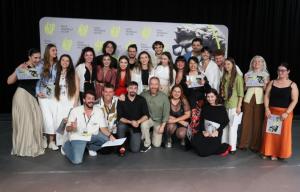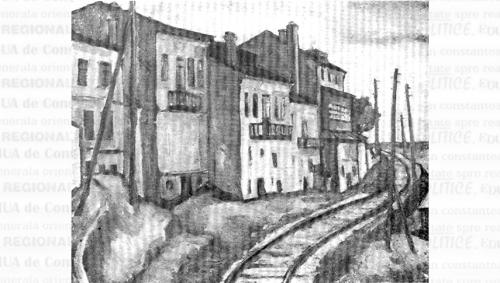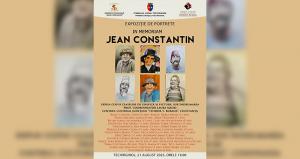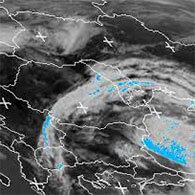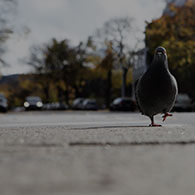Octavian Ruse "On the first earthquake, the peninsula may fall down"
Octavian Ruse: "On the first earthquake, the peninsula may fall down" 3070
Marime text
3070
Marime text

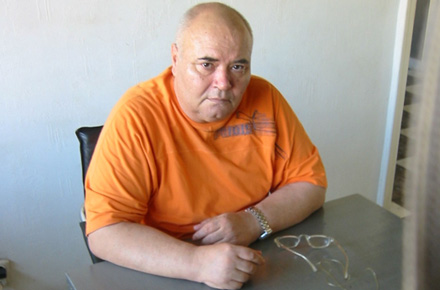 The manager of Proiect JSC states that in Constanţa we are expecting an earthquake measuring maximum 7 on
the Richter scale.
The manager of Proiect JSC states that in Constanţa we are expecting an earthquake measuring maximum 7 on
the Richter scale.
According to data made available by Constanţa City Hall, officially, in our town there are only five
buildings with 1st grade seismic risk, which, at first shake, could
fall apart.
The manager of Proiect JSC asserted that there
are many other buildings in the same state.
After the Italian earthquake two days ago, followed by the one in Portugal, ONU set off the alarm on the high seismic risk in Romania. The organisation's experts say that more than 1 million Romanians are endangered by old buildings or unsatisfactory constructions. While Bucharest has a few hundred buildings (and many of them are buildings to live in) which will fall down at first shake, Constanţa has only five endangered buildings. These five buildings are marked as 1st grade seismic risk, that is they are carrying a red dot, in respect to law provisions.
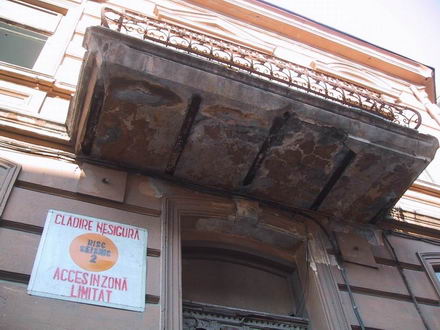 The oldest building in this category was raised in 1831 and is situated
on 26th Ştefan cel Mare St, (basement, ground floor and 2 floors),
on a 270 m2 surface. We find the next one on 10th Mercur
St (two superior floors and attic) on a 587 m2 surface, built in
1900. Having as criterion the year of the construction, the 3rd
risky building is located on 31st Callatis St (190 m2)
and was built in 1922. Next on the municipality list, there we find a building
on 25th Traian St, on 1,020.00 m2 surface, raised in
1932, followed by the construction on 32nd General Manu St, on 587 m2
surface, build in 1938. Although in the data base of the local authorities we
find only these five buildings, we all know that in the old area of our town
there are a lot of buildings in an advanced state of dilapidation, which are a
real threat for those living in the neighbourhood.
The oldest building in this category was raised in 1831 and is situated
on 26th Ştefan cel Mare St, (basement, ground floor and 2 floors),
on a 270 m2 surface. We find the next one on 10th Mercur
St (two superior floors and attic) on a 587 m2 surface, built in
1900. Having as criterion the year of the construction, the 3rd
risky building is located on 31st Callatis St (190 m2)
and was built in 1922. Next on the municipality list, there we find a building
on 25th Traian St, on 1,020.00 m2 surface, raised in
1932, followed by the construction on 32nd General Manu St, on 587 m2
surface, build in 1938. Although in the data base of the local authorities we
find only these five buildings, we all know that in the old area of our town
there are a lot of buildings in an advanced state of dilapidation, which are a
real threat for those living in the neighbourhood.
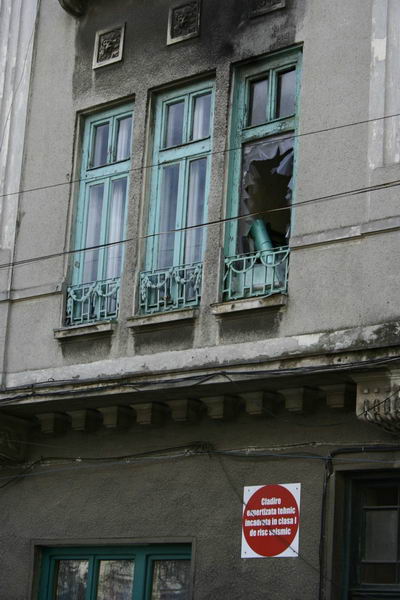 Viile Noi and Coiciu areas might also be affected
Viile Noi and Coiciu areas might also be affected
The manager of Proiect JSC, Octavian Ruse, explained that should an earthquake strike Constanţa, "the entire peninsula might fall down": "Of course, there are also some very solid structured buildings, like the former City Hall, the Casino, the Mosque or the Cathedral. These ones might not be so much affected. Still, there are a lot of buildings having weakened structures. The advantage of the peninsula resides in the fact that it stands on a very hard rock, which takes up all shocks.
The most proper solution would be demolishing these buildings and thus diminishing the risks, but the uncertain juridical situation of those buildings prevents the local authorities from taking extreme measurements. "The whole peninsula is an architecture site. Every demolishing action in the area is a real challenge", stated the manager of Proiect JSC.
From a specialist point of view, Ruse explained that the nature of the earthquake, which may be shallow or deep, grades the disastrous effects: "An earthquake similar to that in Italy, which was a shallow one, destroys small houses, with poor structures. A deep earthquake should affect high buildings". There are two seismic centres which might affect Constanţa: the first one is 30-40 km away from Varna, which damaged Constanţa in 1903 and another one in the Aegean Sea, on a Turkish brake: "The most dangerous threat could come from this very centre. We are expecting Vrancea centre to trouble us. From here, deep earthquakes might be generated, affecting high buildings. Vrancea centre hardly affects Constanţa, thanks to Măcin Mountains". After the peninsula, other vulnerable areas might be Coiciu and Viile Noi.
Urmareste-ne pe Grupul de Whatsapp
 Fondul Documentar Dobrogea de ieri și de azi
Fondul Documentar Dobrogea de ieri și de azi



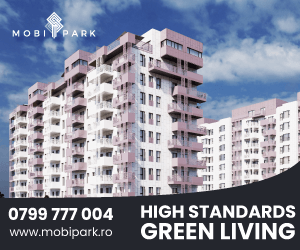

_thumb2.jpg)
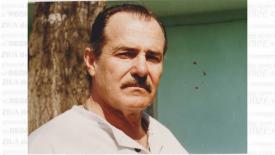


_thumb2.jpg)



